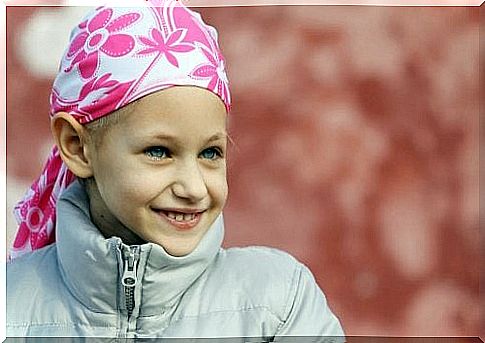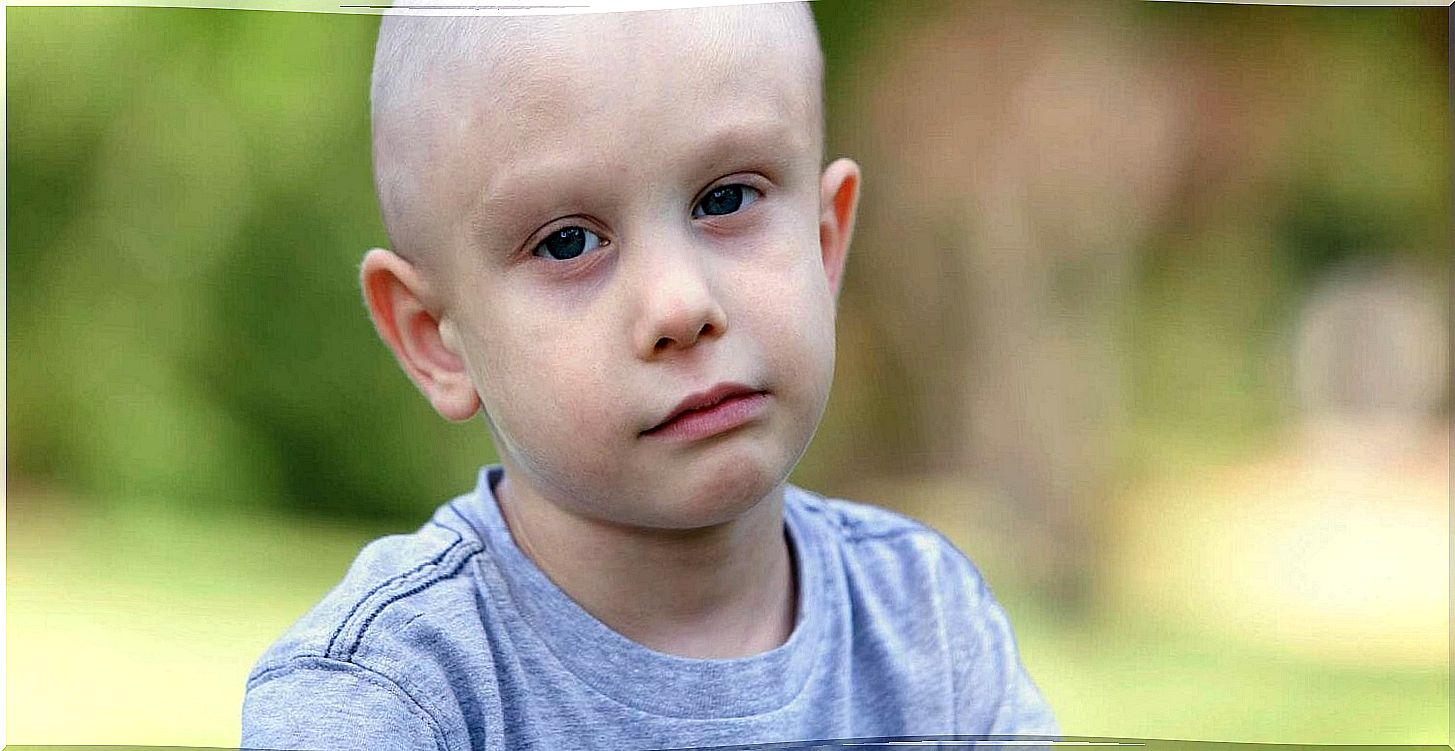12 Symptoms Of Childhood Leukemia

Unfortunately, leukemia is present in the lives of many children today. It is a type of cancer that is most commonly found in young children and, for this reason, is known as “childhood leukemia”.
Although this disease is very dangerous for children who are affected, it does not necessarily prove fatal. There is indeed an effective and available cure. In just one country, 2 to 3,000 children, mostly between the ages of three and five, are diagnosed with childhood leukemia .
Childhood leukemia affects the formation of white blood cells in the bone marrow. These abnormal cells move through the bloodstream that surrounds healthy cells.
The result is that the body’s ability to fight viruses decreases, while the chances of the baby getting multiple infections and other diseases increase.
Symptoms of childhood leukemia
Diagnosing leukemia is difficult because symptoms usually appear slowly (except in cases of acute leukemia, the symptoms of which come on suddenly) and, when they do appear, they can be confused with those of other normal childhood diseases.
Symptoms of childhood leukemia differ from child to child. As a result, identifying it can be difficult.

Leukemia cells cluster around healthy cells that produce platelets, white blood cells and red blood cells, which reduce their presence in the body. In addition, leukemia cells spread to other areas of the body, undermining their health. However, the same symptoms can be caused by other diseases. Consequently, it is important to promptly report these symptoms to your doctor so that the disease can be treated as soon as possible.

- Fatigue. The child will begin to tire quickly, due to anemia caused by a lack of red blood cells. This deficiency can also cause weakness and paleness of the skin.
- Fever and infection. The child will suffer from fevers which normal medications may not have an effect on.
- Excessive bruising and bleeding. Since leukemia reduces the number of platelets in the body’s blood, the baby may have a significant amount of red spots or bruises all over the skin due to bleeding from damaged blood vessels. The baby may have nosebleeds and frequent gum bleeding.
- Pain in the bones and joints. Usually, leukemia cells cluster around a joint or on the surface of the bones. As a result, it is normal for a child with leukemia to complain of pain in the joints and bones.
- Swelling in the abdomen. The abdomen of a leukemic child may have swelling or an increase in size. In fact, swelling occurs in the liver and spleen, and is caused by leukemia cells clustering in the liver.
- Loss of weight and appetite. A leukemic child may lose appetite, resulting in weight loss, due to the growth of the liver and spleen. The area that has undergone an increase in size will put pressure on the organs that surround it, including the stomach, limiting its ability to receive food.
- Inflammation of the lymph nodes. In young children, lymph nodes often swell as they struggle with an infection. Hence, their swelling can be a symptom of infection. In cases of leukemia, the lymph nodes also increase in size, and the swelling occurs in the form of bumps under the skin.
- Cough and breathing problems. A leukemic child may have cough and breathing problems.
- Swelling of the face and arms. In children, swelling of the face and braces can be a very dangerous symptom. It can be deadly and requires immediate treatment.
- Convulsions, headaches and vomiting. When leukemia spreads through the skin, it causes a significant amount of small, rash-like spots that appear through the skin.
- Extreme weakness. When the amount of leukemia cells in the body reaches a high number, the flow of blood surrounding the small blood vessels in the brain slows down, because the leukemia cells thicken the blood which causes weakness and extreme fatigue.









